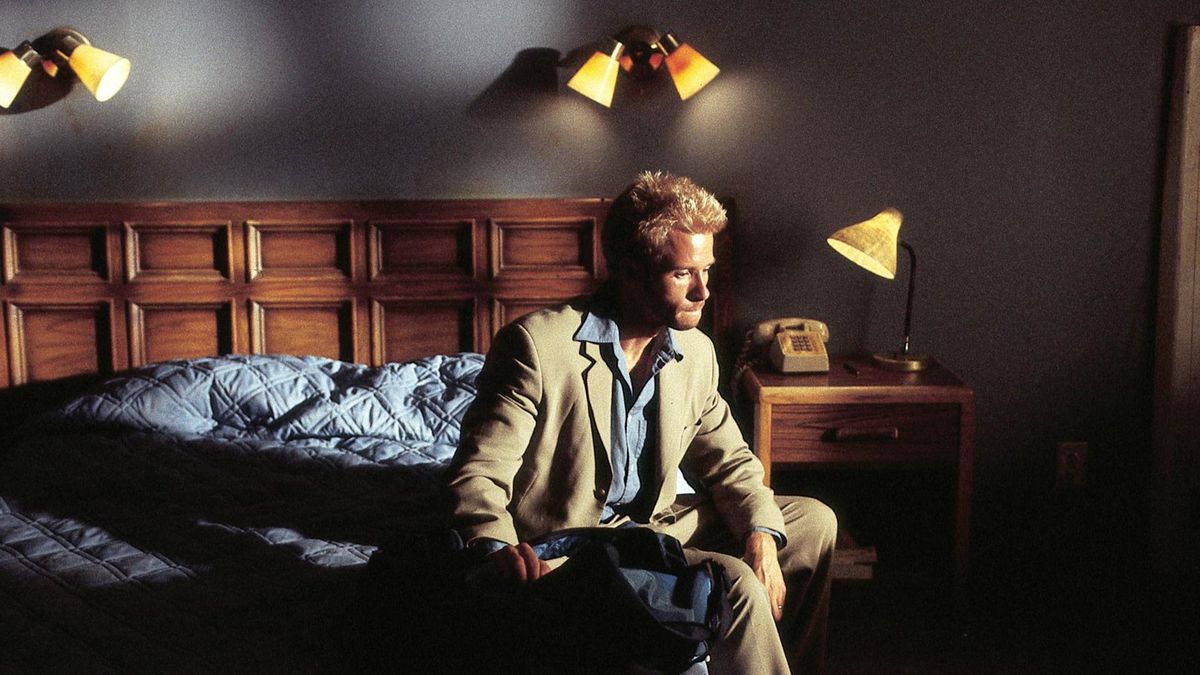Well, that’s a wrap on this project (and this semester).
With our final assessment, we aimed to really build upon what we did with our last one and take advantage of all the possibilities offered by online spaces. The main thing we did was try to make it more interactive, through creating a website. Our last project ticked that box by allowing users to choose the order in which they viewed the sequence, however there wasn’t necessarily a more important or online component to it. This time around, we implemented a quiz asking people to give us their impressions about what they found engaging as well as the answers to some questions we asked. The idea was to allow the quiz to answer what our project proposed – what do people find engaging (or not boring) and why?
Did it work?
It did in some respects. From observing people interact with our project and through looking at the online results, I’ve found that the answers were a bit all over the place; what one person said contradicted another. However, we were never looking for concrete data. The aim was to explore what is engaging to us as viewers and people, and I think this was a part of the project that people enjoyed. The prospect of the ‘tests’, being asked to pay attention and explain why they payed that attention to certain videos instead of others was something people seemed to respond to.
I would consider our project web specific to a large extent – the two different parts of our project, the video and the quiz, would be difficult to chain together without creating a site. We also would not be able to access the data of the people who have taken the quiz seamlessly and allow users to compare their percentages to others. This was something we wanted to be a bigger part of the project, as we thought the data should be integrated into the project rather than a result for us to look at, however we couldn’t find a platform within our budget that would allow for more specific answers to be compared.
Through making our project, we learnt a lot about online screen production (especially the online part). During our brainstorming phase, we had lots of ideas but were unsure how to put them into practice. After researching lots of platforms, we realised we had to tone it down a bit and go with something that wasn’t too complex. Unfortunately, without the right level of web development skill, the internet is not a canvas to paint whatever we want on to it. Compromise was a challenge for us, and in choosing what tools we used to put our elements together, we had to sacrifice some parts of what we wanted. Specifically, the way our quiz worked had to be changed quite a bit. We couldn’t structure a few questions as we would have liked to. We also were thinking of asking a couple of questions during the video while leaving the majority for the end, however the data set would have been split and the website would have become a bit of a tangled mess.
The first question that I think we have shed some light on is: “What are the limits of what we can do online?”. As mentioned previously, I think we have discovered that while in theory the possibilities are endless, we are limited by our own ability. I picked this studio because I believe online content is the future, as I’m sure many do. We’ve had the chance to try out some new platforms such as Korsakow and learn new skills, and I think I want to continue to do that in order to open up more doors for myself when it comes to online creation. Whether that’s in the form of coding or software skills, I don’t know – I guess I’ll go wherever a future project takes me.
I also want to talk a bit about the question: “Why is there such a big interest in online content?”. There are many reasons, however my experience this semester as well as looks at other works from students makes me think that interactivity is what really drives the interest in online content. I’ve had the opportunity to experiment with different forms of interactivity, from livestreaming to Korsakow, and I feel that it is the thread that runs through all our projects that makes them unique and specific to the online space. Even more traditional forms of media such as standard photos and videos thrive online due to interactive elements – likes, comments, sharing etc. We share a common sense that we have only scratched the surface regarding this interactivity. Being given the chance to experiment with the ways we can interact online this semester has not only been a great learning experience; it’s also given me a lot to think about regarding the future of our industry.



